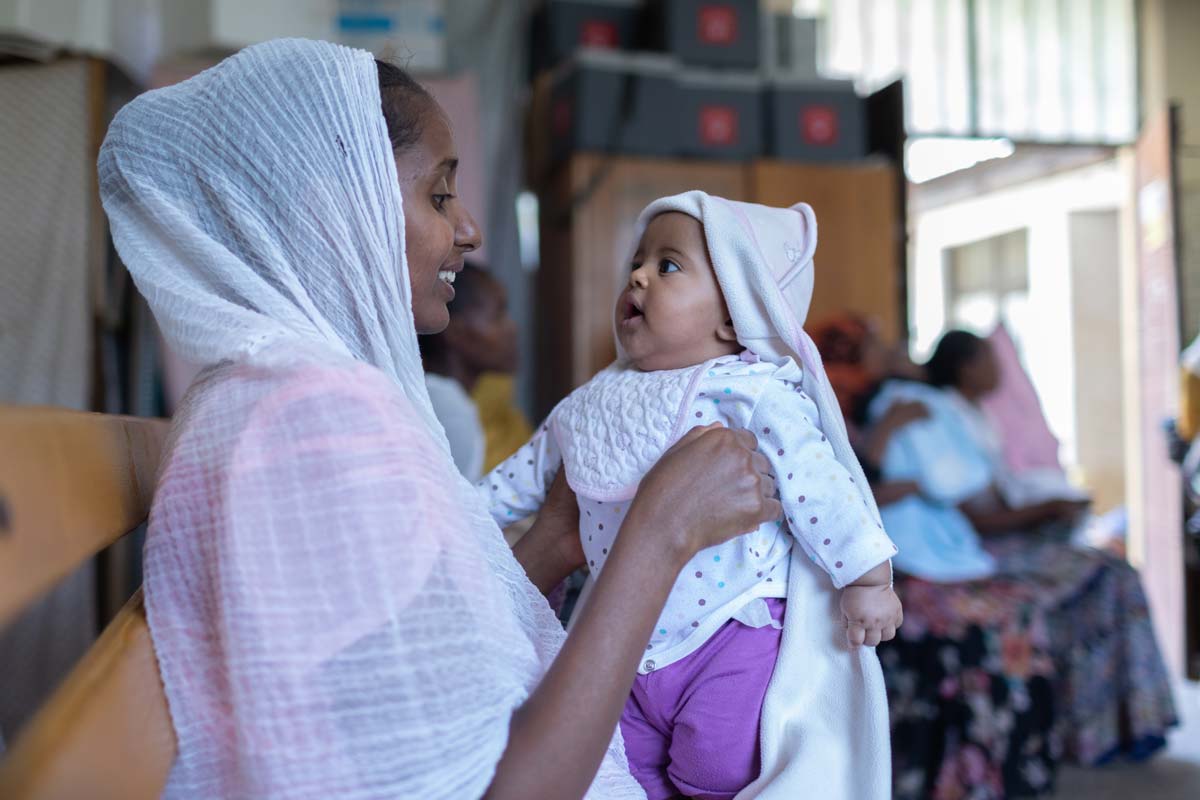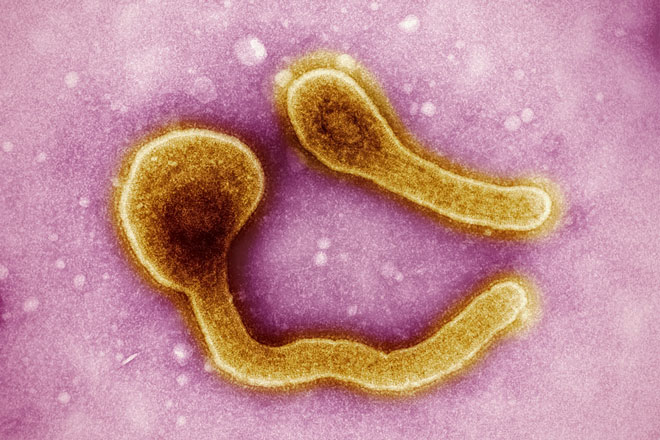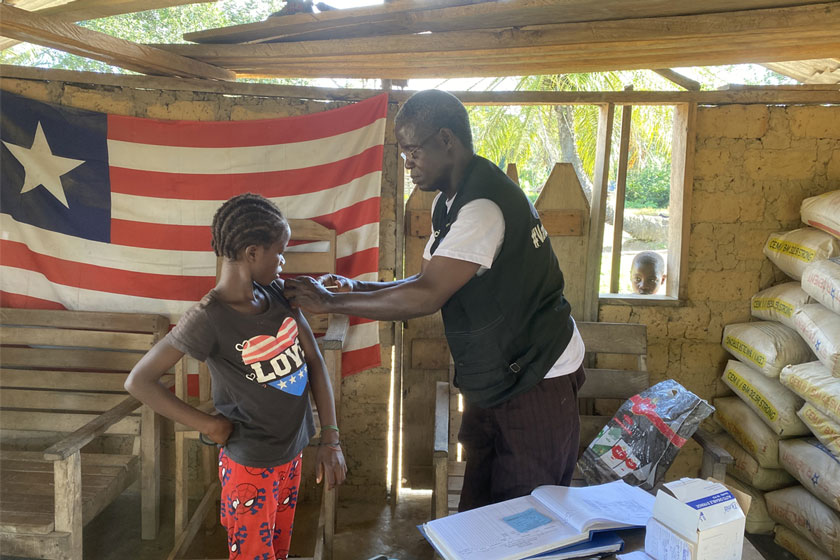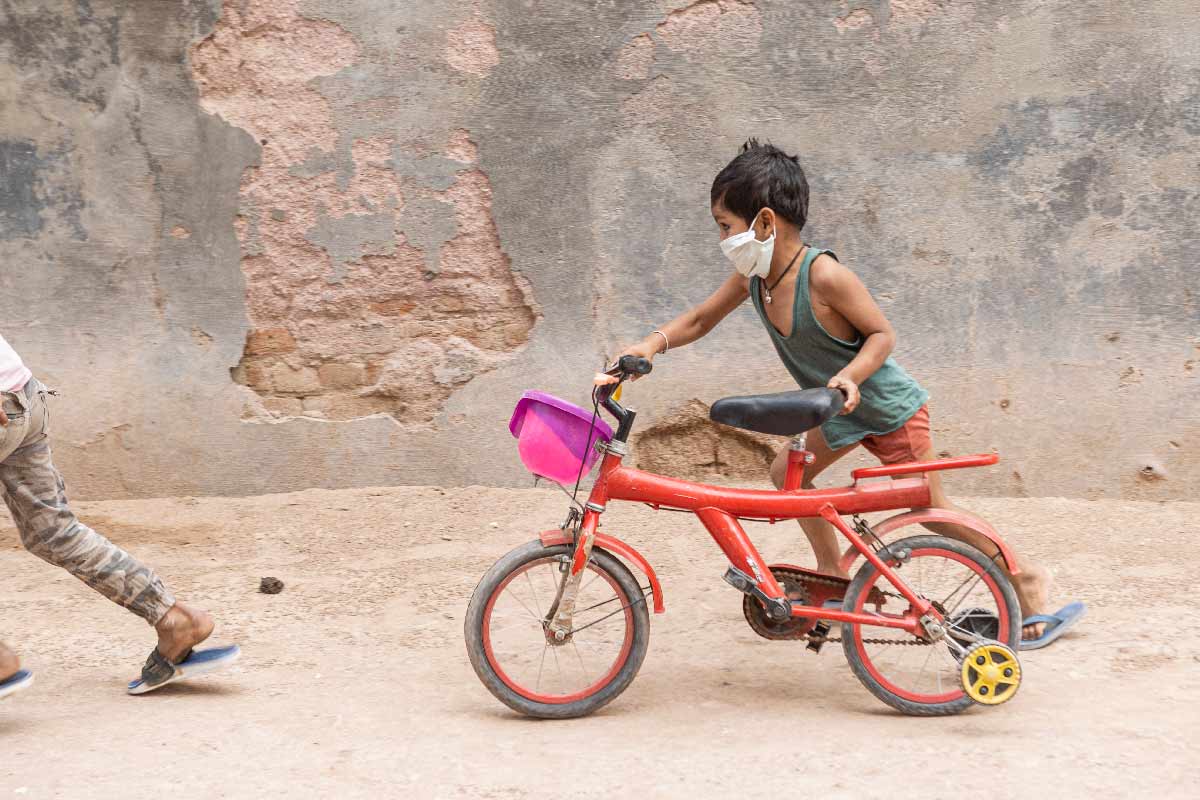Do multiple vaccines overload a child’s immune system? Here’s what the science says
Giving kids multiple vaccines together is proven to be safe, according to decades of safety data.
- 26 September 2025
- 4 min read
- by Priya Joi

A common fear – and misconception – about vaccines is that giving babies or young children several vaccines at once will overload their young immune systems and make them sick or cause chronic health conditions.
But scientific evidence shows overwhelmingly that vaccines don’t cause our immune system to overload.
Why do kids get so many vaccines together?
So exactly why are children given so many vaccines in the first few months of life, and then again around the time they start school? Essentially, it’s because that’s when they’re most at risk and need lifesaving vaccines.
Young children have developing immune systems that won’t have encountered most bacteria or viruses, making them extremely vulnerable to vaccine-preventable diseases. The childhood vaccine schedule is designed to protect infants and children at the times they are most at risk, and it is backed by decades of testing and safety monitoring.
The World Health Organization offers a compelling reason to stick to childhood immunisation schedules: “The antigens [disease-causing particles] present in vaccines are a small fraction compared to what our bodies naturally encounter every day.”
Vaccines don’t overload the immune system – they prepare it to fight dangerous diseases.
Thus, even spreading out vaccinations in the perception that it might lessen the load on an infant’s immune system actually has the opposite effect of putting them at significant risk of killer diseases like measles.
What happens in a child’s body when they get a vaccine?
Vaccines are designed to safely train the immune system by showing it a version of a pathogen that won’t harm the body, or just part of a pathogen containing antigens. This triggers the immune response to produce protective antibodies.
Antibodies circulate in the blood, ready to respond in case the child gets infected.
With some vaccines, the volume of antibodies can fade away at a certain point after the initial immunisation, and in these cases, children are given booster doses to top up their immunity and make sure they are always protected against disease.
How do we know that multiple vaccines are safe?
Childhood vaccination schedules have been around since the early 1970s and in the early 2000s these were expanded to add vaccines against pneumococcal disease.
Around this time, several key studies were published investigating whether multiple vaccines would overwhelm children’s immune system. A landmark study published in 2002, responding to parents’ concerns about childhood immunisation schedules, confirmed that even when children receive several vaccines during the same appointment, their immune systems are not “overloaded.” The study by Paul Offit at the Children’s Hospital of Philadelphia suggested that an infant’s immune system could theoretically respond to 10,000 vaccines at the same time without being weakened.
In the same year, the US non-profit Institute of Medicine (IOM) published the results of an extensive study it had undertaken to investigate whether multiple immunisations could cause ‘immune dysfunction’. The IOM concluded that the numerous vaccinations given to infants and children do not increase their risk of immune dysfunction, serious infections or autoimmune diseases like type 1 diabetes.
In 2006, the WHO’s Global Advisory Committee on Vaccine Safety studied whether vaccines could cause immune overload and says the evidence they reviewed “does not support the hypothesis that vaccines, as currently used, weaken or harm the immune system”.
Keen to ensure this understanding was still up to date, in 2018 researchers affiliated with US healthcare non-profit Kaiser Permanente published a paper in the The Journal of the American Medical Association showing that there is no link between vaccines given before the age of two and infections from infectious causes not targeted by the vaccines from ages two to four – in other words, vaccines did not cause a spike in other illnesses.
Have you read?
What about side-effects from vaccines?
The worry of ‘immune overload’ might arise for some parents or caregivers from the temporary side-effects of fever or muscle ache that can often follow immunisation (for adults as well as children), that aren’t harmful, and just indicate that the immune system is being primed to protect us.
Serious side-effects are extremely rare, but they do happen, which is why global health agencies as well as countries constantly monitor vaccine safety.
Vaccines are extensively tested before they are given to people, and the order of vaccines within the childhood vaccine schedule is carefully thought through. No vaccines are given unless there is a clear health benefit.
But the safety testing before vaccines are given isn’t the end of the road – vaccines are continuously monitored for ‘safety signals’, which are any alerts that a vaccine may be causing harm, and regulators are poised to act quickly if these surface.









